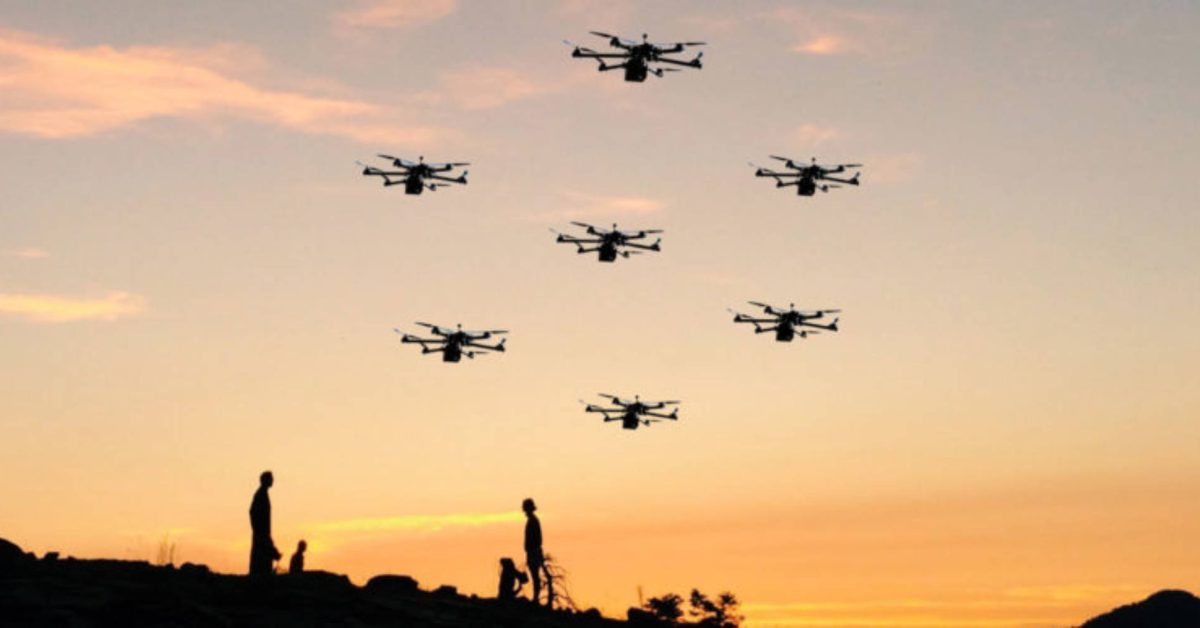US Army researchers are looking to solve a problem that will become apparent over the next few years. How to charge a drone swarm safely and efficiently? You surely can’t get someone to plug in each drone.
As the US Army continues to experiment with drone swarms, one of the biggest things needing a large amount of brainpower is how to charge all these drones. The majority of drones are charged manually, but that’s fine, as you are often only charging one drone at a time.
US Army researchers are currently working on a system that will automatically charge each drone once they land. It uses an autonomous vehicle that finds all of the drones and acts as a charging hub. This is just one of the few systems they are looking into.
On top of finding a charging solution, the researchers are also working to make the algorithms that fly the drones more efficiently. They want to create the most efficient flight paths possible, therefore getting more flight time out of the drone and allowing it to last longer before needing to be recharged.
Mike Kweon, program manager for the Army Research Laboratory’s Versatile Tactical Power and Propulsion Essential Research Program, said:
Imagine in the future, the Army deploying a swarm of hundreds or thousands of unmanned aerial systems. You cannot just land it, it will just fall off. You’ve got to have a magnet to hold it, charge it then depart. It should do this autonomously.
Drones used in the Army are currently charged by soldiers once they land. They then take up to an hour to charge again before the next flight. The Army wants to get this turnaround time down to just six minutes, making for more efficient and frequent operations.
The research will continue over the next two to five years with the hope of having recharging systems up and running in two years. The other big component the researchers are looking at is the batteries themselves. Charging batteries speedily results in heat and less battery life, so figuring out these two things will be a big help.

US Army looks at ways to mass-charge drone swarms
U.S. Army researchers are looking to solve a problem that will become apparent over the next few years. How to charge a drone swarm safely and efficiently?


